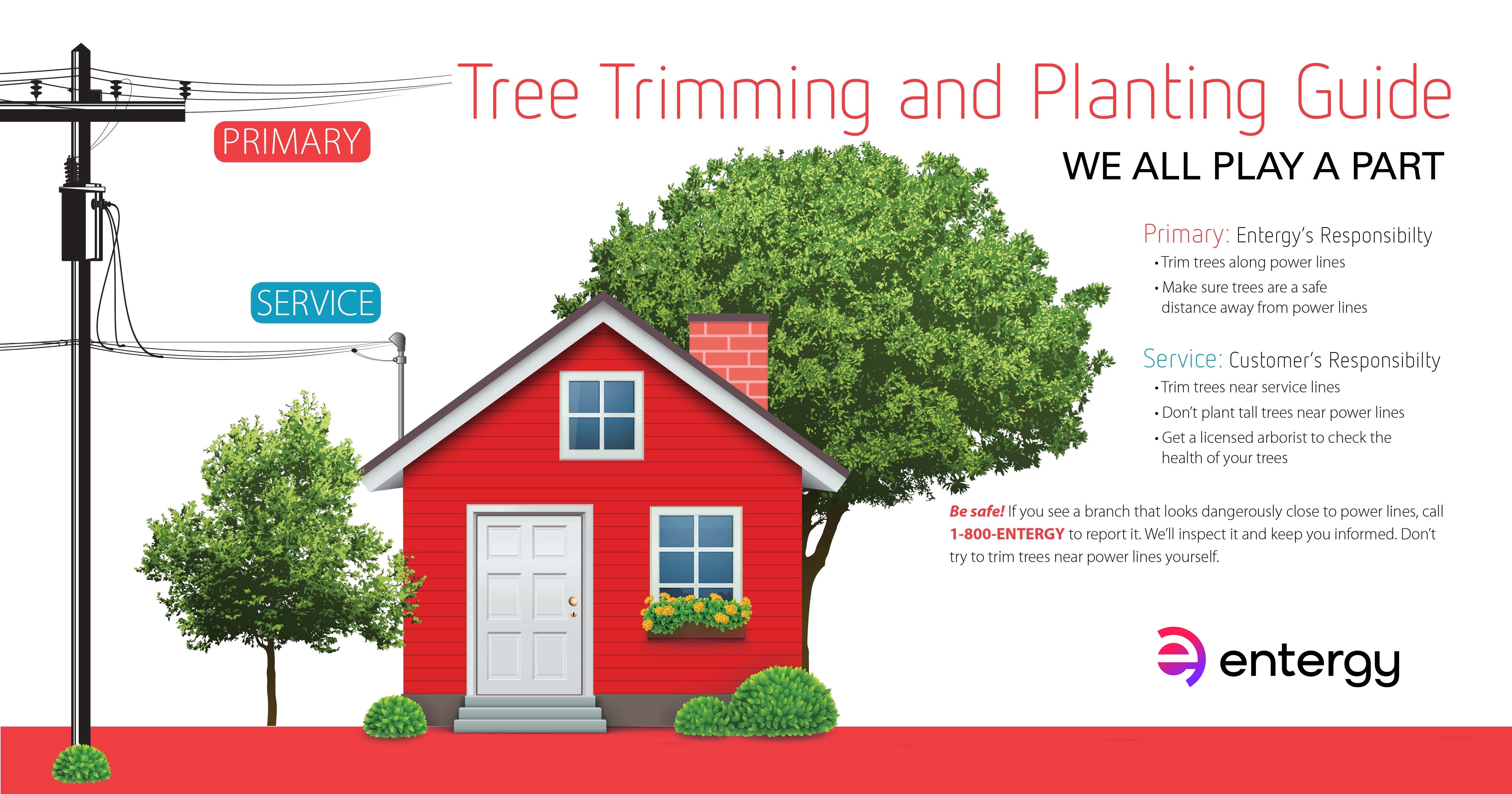Can Trees Be Preserved? Indicators For Necessary Tree Elimination
Can Trees Be Preserved? Indicators For Necessary Tree Elimination
Blog Article
Content Writer-Damm Bright
If you've ever wondered about the destiny of the trees on your building, recognizing when it's time for elimination is critical. But how do you identify if a tree can be conserved or if removal is the only option? By seeking certain indicators and assessing safety and security risks, you can make enlightened choices that profit both your landscape and your environments. Let's explore the essential aspects that enter into play when determining the destiny of a tree and exactly how you can make sure the very best outcome for your green friends.
Signs of Tree Decline
If you notice any one of the adhering to indicators of tree decrease in your backyard, it might be time to take into consideration tree elimination.
One usual indication is dead or decaying branches, which can suggest underlying issues affecting the tree's health. Look out for discolored or wilted fallen leaves that continue despite having correct treatment, as this could be an indicator of disease or insects.
An additional warning signal is extreme leaning or a recognizable change in the tree's base, which might suggest origin issues or structural instability. Watch out for fungal growth on the trunk or origins, as this can indicate rot and endanger the tree's security.
Furthermore, if you observe big fractures in the trunk or major arm or legs, it's crucial to resolve these problems without delay to prevent potential dangers. Dealing with these signs of tree decrease promptly can help keep the security and looks of your backyard setting.
Security Concerns
To guarantee the well-being of your residential or commercial property and those around you, focusing on safety and security concerns associated with trees is vital. Trees can posture different security risks otherwise appropriately kept. Dead or decaying branches might fall all of a sudden, endangering individuals or destructive frameworks.
Leaning trees can likewise be hazardous, particularly if they're leaning in the direction of a building or power lines. Furthermore, trees with substantial root systems near structures or underground utilities can create substantial damage over time.
It's critical to on a regular basis examine your trees for any kind of signs of possible danger. Keep an eye out for fractures in the trunk, huge dental caries, or signs of illness and degeneration. If you see any of these concerns, it's best to speak with an expert arborist to analyze the situation and establish the essential strategy.
Taking https://www.google.com/search?q=Precision+Timber+Felling&ludocid=14488364426700125656&lpsid=CIHM0ogKEICAgIC9z5XfkwE&source=sh/x/localposts/m1/1&lsig=AB86z5XDzNisBWY-O2yj3bksCBA3&shndl=-1&kgs=857edde0ca74e2e9 to resolve security problems immediately can stop crashes and property damage in the future. Remember, the safety and security of your residential or commercial property and those around you must constantly be the top priority when it concerns tree upkeep.
Consulting an Arborist
When taking into consideration the health and wellness of your trees, speaking with an arborist is a critical step. Arborists are trained specialists who concentrate on the treatment and maintenance of trees. They can analyze the overall health and wellness of your trees, recognize any type of concerns such as illness or structural troubles, and give experienced referrals on the best strategy.
By getting in touch with an arborist, you can receive important understandings into the condition of your trees and figure out whether elimination is required. Arborists have the expertise and experience to evaluate the risks associated with maintaining a tree versus removing it. They can also offer support on different services, such as trimming, cabling, or supporting, to help protect the tree whenever possible.
Furthermore, click here now can aid you navigate any kind of local policies or allows that might be needed for tree removal. Their proficiency can ensure that the procedure is performed safely and in compliance with any suitable laws.
Final thought
In conclusion, when establishing whether trees can be conserved or if removal is needed, it is very important to consider signs of decrease and safety issues. Consulting an arborist for a detailed assessment is important in making the best choice for the tree's health and possible threats. Keep in mind, aggressive care and prompt activity can aid maintain trees and protect against accidents.
